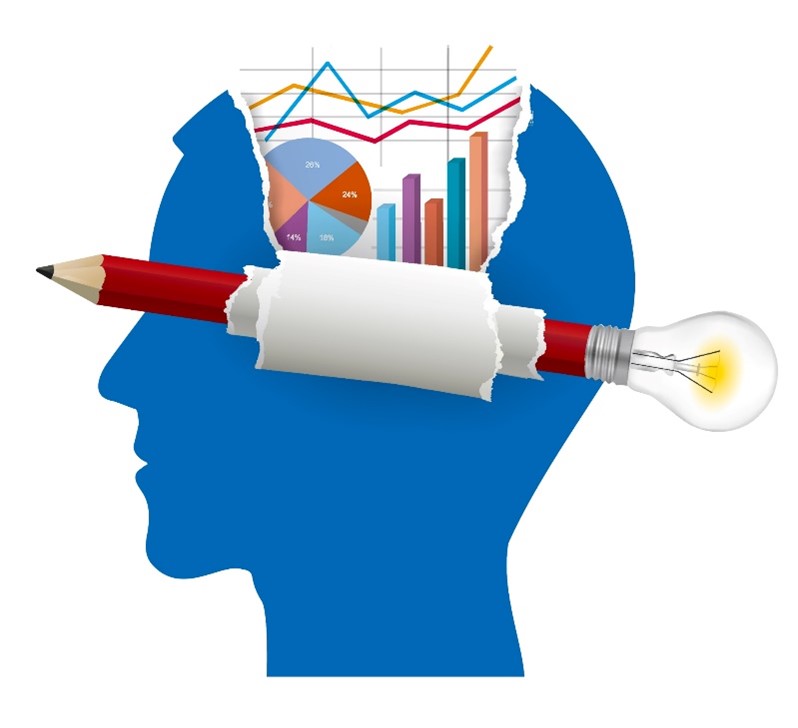
In the modern digital landscape, social media has become an essential tool for connecting with others, sharing experiences, and building networks. However, with this widespread use comes significant risks to personal privacy. Users are often unaware of how much data they are sharing and how it’s being used, which opens the door to potential privacy breaches. As Christopher Nicak of Kentucky, a cybersecurity expert, notes, safeguarding personal data in today’s digital world is more critical than ever. Here’s a deeper look at the risks associated with social media and how users can protect themselves.
The Scope of Data Collection on Social Media
Social media platforms gather vast amounts of personal data from their users, ranging from the information they consciously share, like posts and photos, to more subtle data points such as browsing habits and location history. This data allows platforms to create detailed user profiles, which are valuable for advertisers seeking to target specific audiences. While this may seem harmless, the issue lies in how little control users have over this data once it’s collected. In many cases, personal data is shared with third parties, often without the user’s knowledge or consent.
The lack of transparency surrounding social media data practices can leave users in the dark about how their personal information is used. Many platforms have default privacy settings that prioritize data sharing, which puts users at risk unless they actively adjust these settings. Without a clear understanding of the extent of data collection, users may unknowingly expose themselves to privacy risks.
Privacy Settings: A Critical Line of Defense
One of the most common issues on social media is the difficulty of managing privacy settings. Platforms often bury these settings deep within menus, making it difficult for users to adjust them to protect their personal information. To complicate matters, privacy policies and terms of service frequently change, and users are rarely notified when these changes occur. This creates a scenario where people may not be fully aware of the exposure of their personal data.
To protect their privacy, users must be proactive about configuring their social media settings. Limiting the visibility of posts, restricting access to personal details, and disabling tracking features are all steps that can reduce the risk of data being misused. While privacy settings are not foolproof, they offer an essential line of defense against unnecessary data exposure.
The Threat of Data Breaches on Social Media
Even with the best privacy settings in place, social media platforms remain vulnerable to data breaches. These platforms are prime targets for cybercriminals due to the vast amounts of personal data they store. When a breach occurs, millions of users’ information can be exposed in an instant, leading to identity theft, financial fraud, and other malicious activities.
The challenge for users is that they have little control over whether a platform experiences a data breach. What they can do, however, is minimize the amount of personal information shared on social media. Avoiding the disclosure of sensitive details like financial information or personal identifiers can help mitigate the damage in the event of a breach.
Third-Party Apps: A Hidden Risk to Data Privacy
A significant and often overlooked aspect of data privacy on social media is the role of third-party applications. These apps, which integrate with social media platforms, often request access to a user’s profile and data. While some of these apps are safe, others can misuse or mishandle personal information, leading to unintended data sharing.
Before granting any third-party app access to your social media accounts, it’s crucial to read the app’s privacy policy and understand what data it is collecting. Some apps request far more access than they need, posing additional privacy risks. Being cautious about which apps you allow to interact with your social media profiles is an essential step in safeguarding your data.
Protecting Your Personal Information: Key Steps
Although completely avoiding social media is unrealistic for most people, there are several steps users can take to protect their personal information. The first is to regularly review and update privacy settings, ensuring that personal details are only visible to trusted individuals. Users should also be wary of sharing too much information publicly, particularly when it comes to sensitive details like locations, birthdates, or financial data.
Being vigilant about potential security threats is also critical. Phishing scams, suspicious links, and fake accounts are common tactics used by cybercriminals to gain access to personal data. Recognizing these threats and avoiding interactions with suspicious content can significantly reduce the risk of falling victim to social engineering attacks.
Staying Informed and Proactive
Data privacy in the age of social media is an ongoing challenge, but it is not an insurmountable one. By staying informed about how personal data is collected, used, and shared, users can take control of their privacy and reduce their risk of exposure. Adjusting privacy settings, minimizing data sharing, and being cautious with third-party apps are all effective strategies for protecting personal information. In a world where data is constantly being harvested and used, being proactive about privacy is not just an option—it’s a necessity.
















